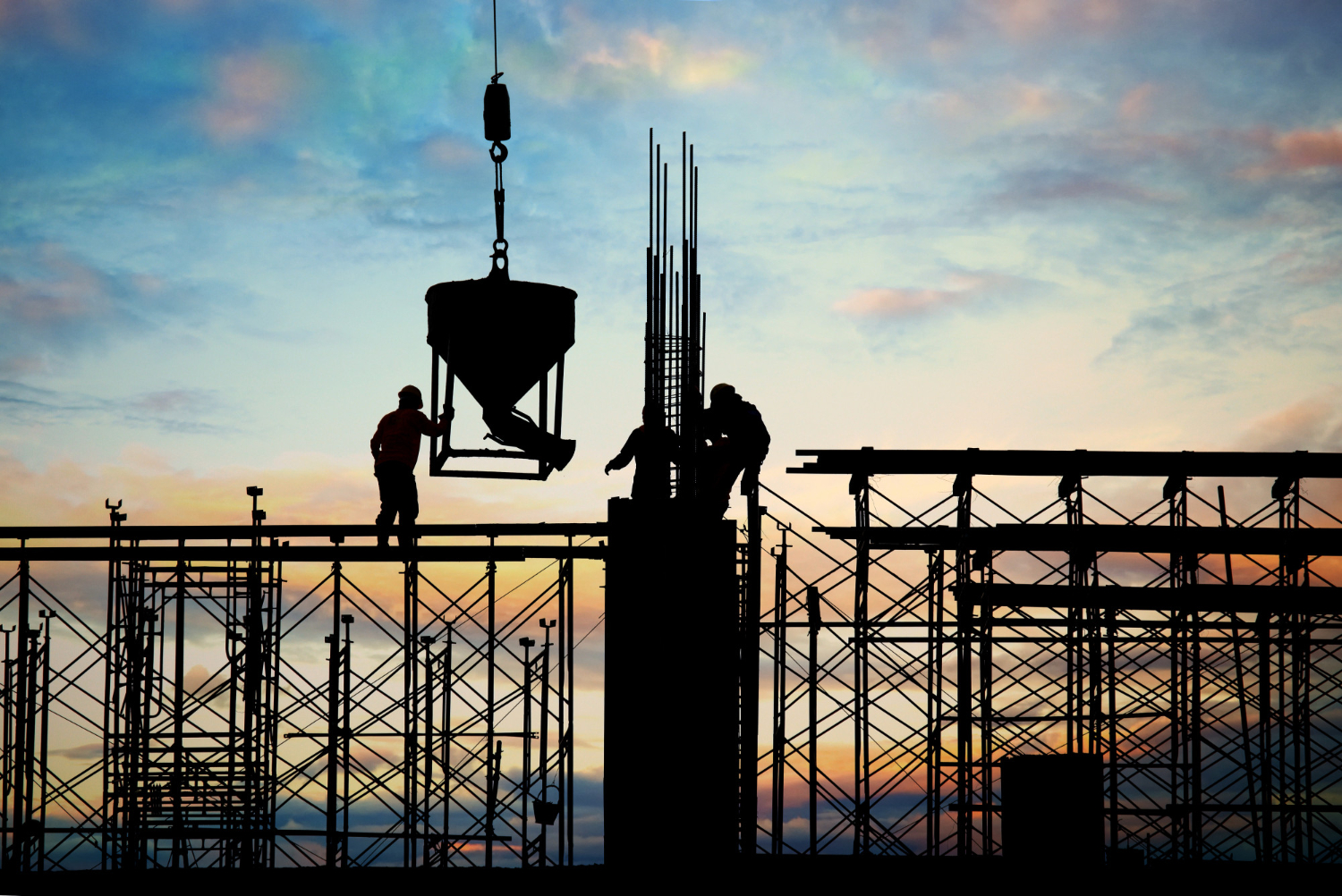 Structural integrity is the ability of a structure to support its load without failure or damage. It is essential to ensure that buildings can continue serving their purpose for their predicted lifespans. Several factors contribute to a building’s structural integrity, including expert planning and construction. But a building’s foundation is especially important.
Structural integrity is the ability of a structure to support its load without failure or damage. It is essential to ensure that buildings can continue serving their purpose for their predicted lifespans. Several factors contribute to a building’s structural integrity, including expert planning and construction. But a building’s foundation is especially important.
Strengthens the Walls
Many types of buildings and structures need underpinning. It usually reinforces existing foundations and transfers the building’s load onto stronger soil strata. It can also be used to repair a system that has settled or moved over time due to changes in the ground underneath it. Earthquakes, floods, or droughts may cause these changes. They can also result from poor construction – a contractor fails to consider the soil type when building a house or addition. The underpinning process involves digging beneath the existing footing and installing piers to support the weight of the building above. The ports are then connected to the foundation and reinforced with steel brackets. Often the piers are concrete, but when ground conditions are not suitable for this method of underpinning, jack pile underpinning is used instead. This method is silent, vibration-free, and adaptable to varying soil conditions. In both cases, the piers extend to depths of up to 50′.
Strengthens the Floors
Many structural problems with houses, buildings and similar structures come from the foundations. This can be from ground movement, soil creep, natural disasters or poor construction.
When the piers used in underpinning are put down, they go deep into the soil, passing through weaker strata until they reach the strong, load-bearing ground. This transfers the building’s weight to this deeper soil and prevents it from sinking further, which can cause cracking or unlevel floors. While alternatives to underpinning, such as mud jacking and using polyurethane material, may be effective, they are temporary solutions. Underpinning is a long-term repair method that will keep your home stronger and preserve its value. Uneven floors are a sign that your foundation is weakened, and underpinning will fix this problem once and for all. This will save you money and make your home a more comfortable place to live. This is particularly important if you have children. They can hurt themselves on uneven floors, and if they have furniture, it could be damaged.
Prevents Damage
In areas of loose soil or sediment, it’s common for foundations to shift and settle, which can cause cracks in walls and floors and other forms of damage. If left unchecked, this can lead to the need for underpinning and the cost of replacing damaged floorboards, ceilings, windows and doors. Underpinning involves extending an existing foundation’s depth and breadth, distributing the building’s weight over a larger area and resting it on a more solid stratum of earth. Underpinning can be done through several methods, including micro-piling and jet grouting. For older buildings, underpinning can also prevent subsidence, which occurs when the original foundation becomes too weakened to support the structure. Underpinning is a safe way to improve the ground beneath your building, and the excavations are carried out in sections, which helps minimize the risk of damage to surrounding pipes and cables. For this reason, underpinning is always undertaken in line with building regulations.
Increases Value
Building structural integrity is paramount to a structure’s safety and ability to withstand the environmental conditions it is exposed to. Even with the most modern safeguards and structural engineering, there are still concerns when a building is subjected to natural disasters like earthquakes or hurricanes. These catastrophes often prove fatal to structures that cannot withstand the forces they are subjected to.
It underpins and transfers the load of the building to soil that can support it. This prevents the movement of the earth from damaging the foundation. It also contains the gradual collapse of a building as it is subjected to changing soil conditions over time. This ensures a longer service life for the construction and adds value to it. This is particularly true for older buildings where the structural integrity has been compromised by weathering or other factors. Regular inspections of these more aged facilities should be conducted to identify damage and take preventive measures.







